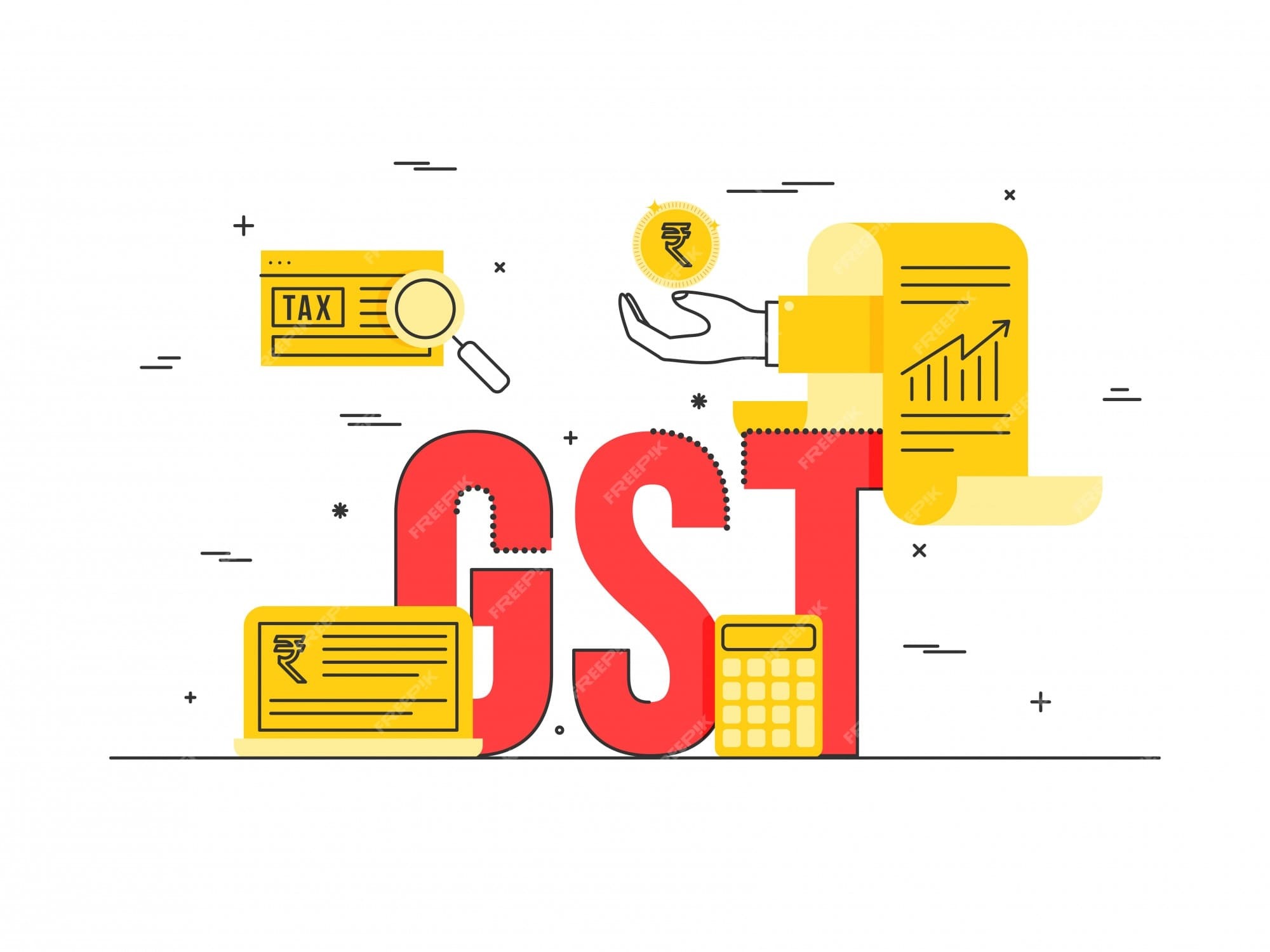India’s GST registration process is uniform in many respects, but there are key differences when it comes to compliance and processes across states. Understanding how GST registration works in different regions is critical for businesses that operate in multiple states.
Central vs. State GST
The GST system is divided into Central GST (CGST) and State GST (SGST). While CGST applies to the central government, SGST is collected by the respective state government. In certain circumstances, businesses might have to pay both CGST and SGST, or they may be liable for Integrated GST (IGST) when goods are moved between states.
GST Registration Thresholds Vary by State
Each state has its own threshold for GST registration. For example, businesses in a North-Eastern state may have a lower turnover threshold for registration than businesses in other states. Understanding these differences is crucial for maintaining compliance.
Different State Procedures
While the overall process remains similar, the documentation required and the manner in which applications are processed may differ across states. Local state tax offices often have additional rules or clarifications regarding the registration process. As a result, businesses need to adapt to the unique requirements of each state.
Consulting with Professionals
Due to these variations, it’s advisable for businesses to consult with the Best CA Firm in Delhi for guidance. These professionals can help businesses navigate the complexities of GST registration fees in Delhi and manage multi-state registration efficiently.
Conclusion
Understanding the state-specific nuances of GST registration ensures compliance and prevents penalties. By consulting a Best CA Firm in Delhi, businesses can be assured that they are following the appropriate processes in every state they operate.


